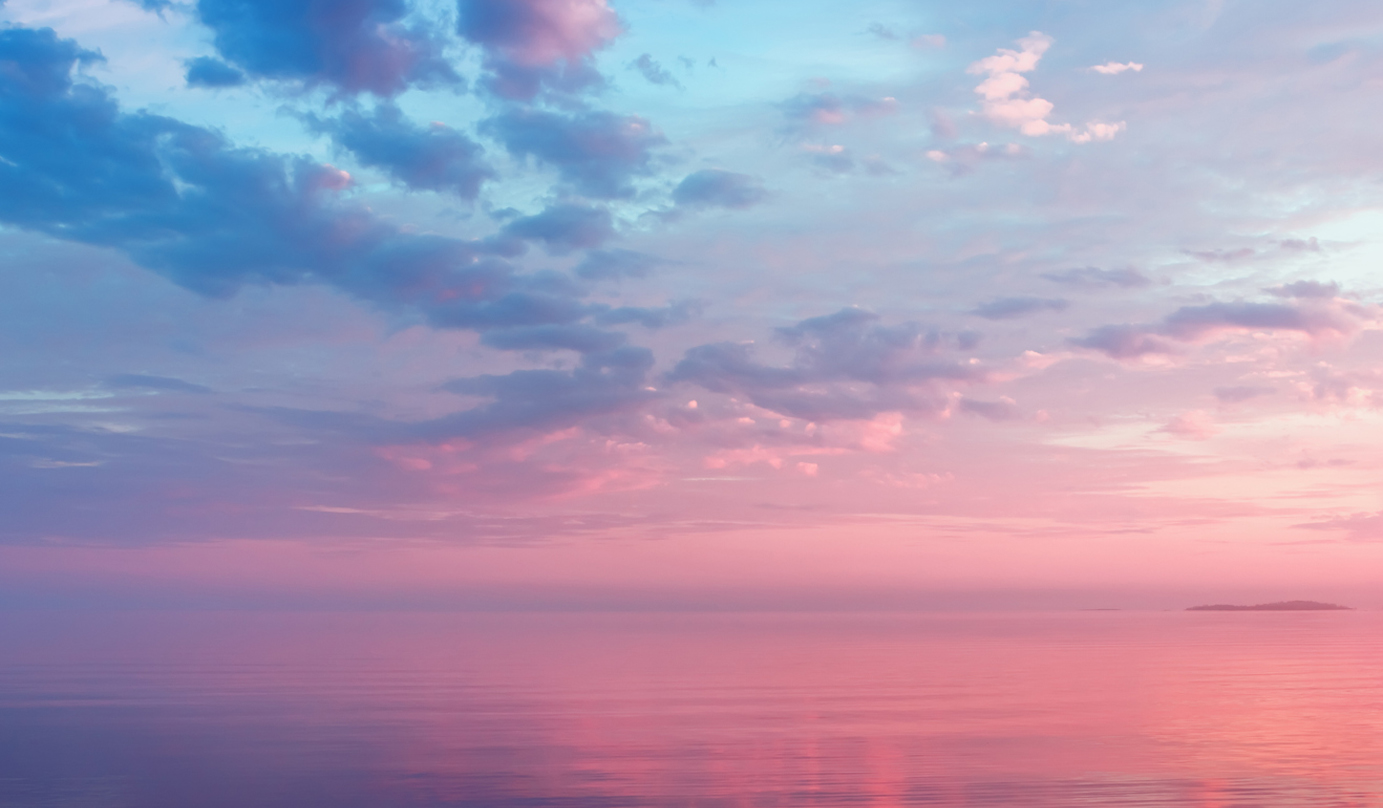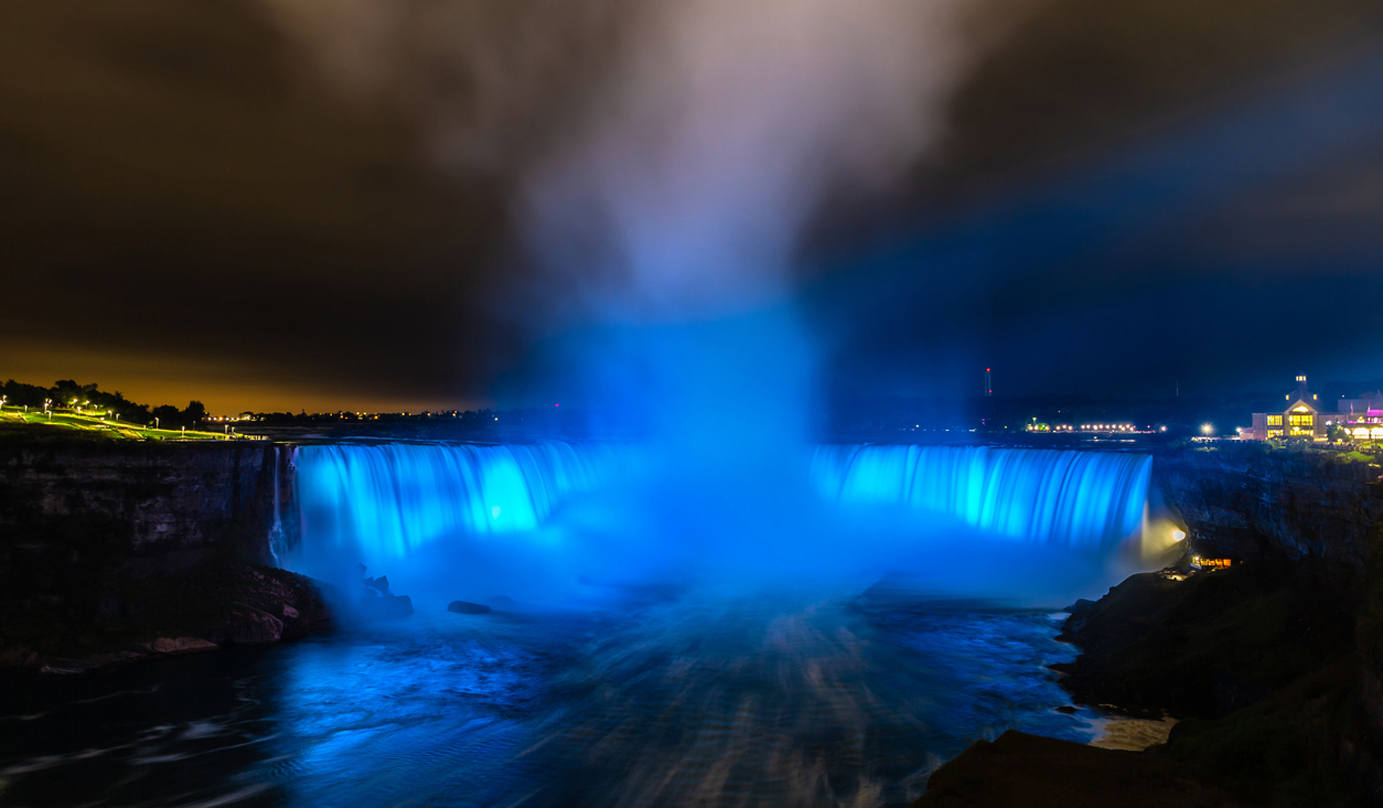
Our world is full of amazing sights, but there are some things on Earth that you just have to see to believe. Even when looking at these otherworldly wonders up close, it can be hard to believe that you are looking at something real.

It may look like the entrance to an underworld and has been nicknamed the 'Door to Hell' by local residents. It's not hard to see how it got its nickname with the raging fire and boiling mud. This is the Derweze (sometimes spelled D-a-r-v-a-z-a) gas crater. Located in the Karakum Desert in Turkmenistan, this fire has been roaring for fifty years. It was originally discovered by scientists in 1971, who thought the site could be a lucrative oil field.

However, after the oil rig they set up collapsed dangerously into the giant crater, scientists had to scramble to mitigate the impact on people in the nearby villages. In order to prevent the release of poisonous chemicals from the crater, scientists decided to burn the gas off. At the time, they predicted that the gas would burn off within days. But the crater has been continuously burning, more than five decades later.

Have you ever seen a firefly? Fireflies are famous bioluminescent creatures. Bioluminescence describes the ability of a natural organism to produce and emit its own light. Sometimes, when the conditions are right, this light can be visible to humans in the most wonderful ways. However, many of these creatures don't glow brightly enough for their light to be visible to the human eye. Instead, their glowing effects can be captured on camera by using a long exposure technique.

At the Gippsland Lakes in Australia, you might be lucky enough to see a special species of dinoflagellate. Dinoflagellates are tiny organisms that feed on algae, plankton and bacteria. Many of them can emit their own lights. The species littering the waters at Gippsland Lakes are commonly known as sea sparkle or sea ghosts.

What is causing this dazzling sight? The dinoflagellates become illuminated when the water is disturbed by oxygen. Because the waves crashing against the shore provide a constant influx of fresh oxygen, these coastal waters are often dotted with pinpricks of blue light.

Noctiluca scintillans, a kind of unicellular organism, can be green or red. This organism is famous for its bioluminescent abilities. However, their population influx and overgrowth can cause some serious issues. When their numbers multiply, it causes a decrease in the amount of dissolved oxygen. This can cause coral to die, and coral is home to many marine animals. Scientists are trying to better understand the process and interaction.

We have explored a number of caves and islands in this unit, but none have been as eerie and unearthly as the Blue Grotto in Italy. Located on Capri, one of the most beautiful islands in Europe, the Blue Grotto is a cave made from limestone.

The water inside seems to emanate a blue light. The light comes from another entrance to the cave, where it reflects off the white floor of the water. The resulting effect bathes the whole cave in a halo of blue glow. The colour and quality of the light depend on a number of factors such as water clarity and depth.

The Grand Prismatic Spring located in Yellowstone National Park is famous for a number of reasons. It’s the largest hot spring in America and the third largest in the world. The Grand Prismatic Spring got its name from its striking colours, similar to when light hits a prism. The edges of the hot spring contain many vivid colours like yellow, red, blue, green, and orange due to the presence of microorganisms. The temperature affects what colours can be seen.

Sweden may be home to some of the most beautiful metro stations. Many metro stations around the world were built with finished surroundings. Stockholm's metro stations have left the bedrock exposed, taking on the look of a cave system. It can feel like you're in an actual cave during your usual commute.

There is a lot to see and explore in the world. Which of these unworldly sights do you want to see with your own eyes?